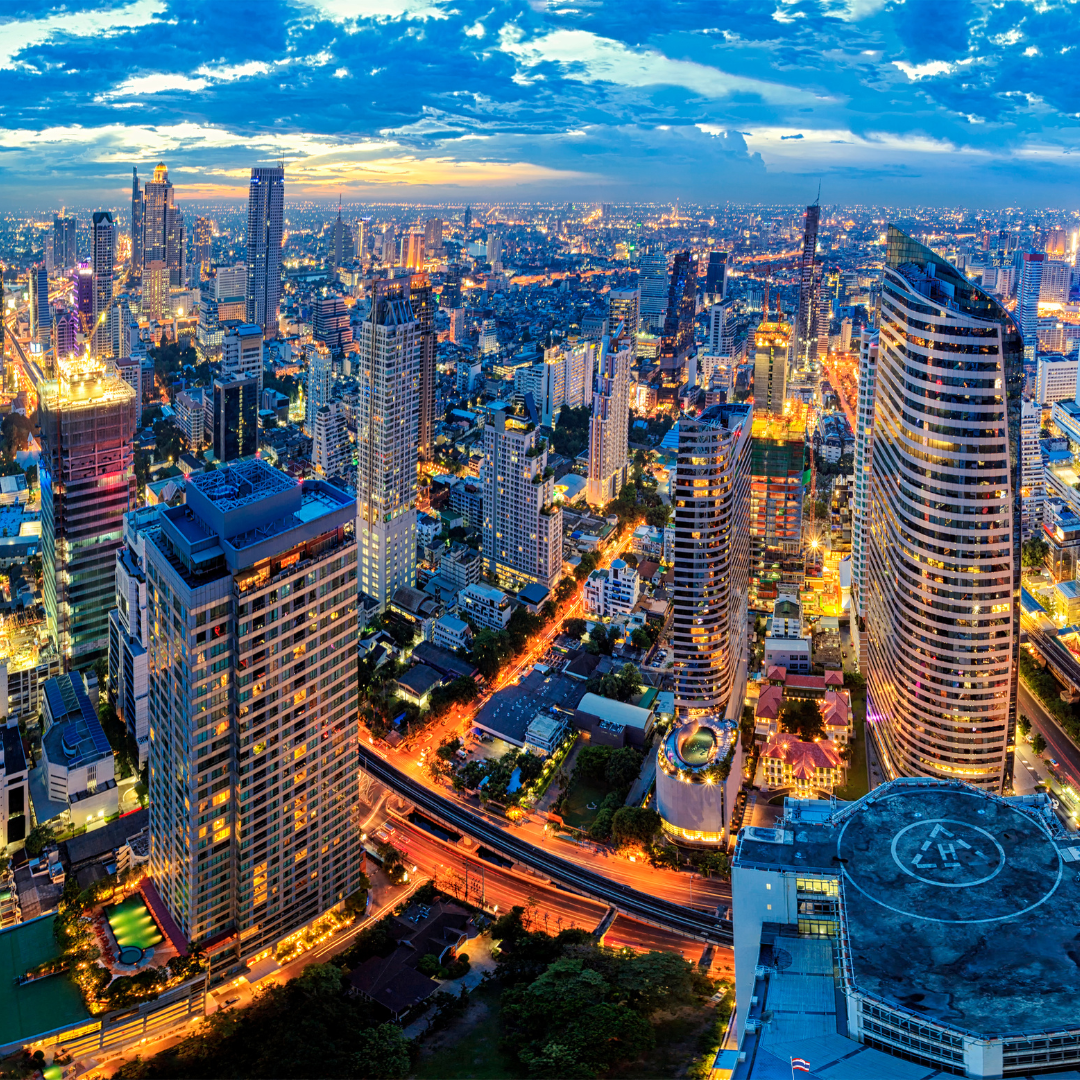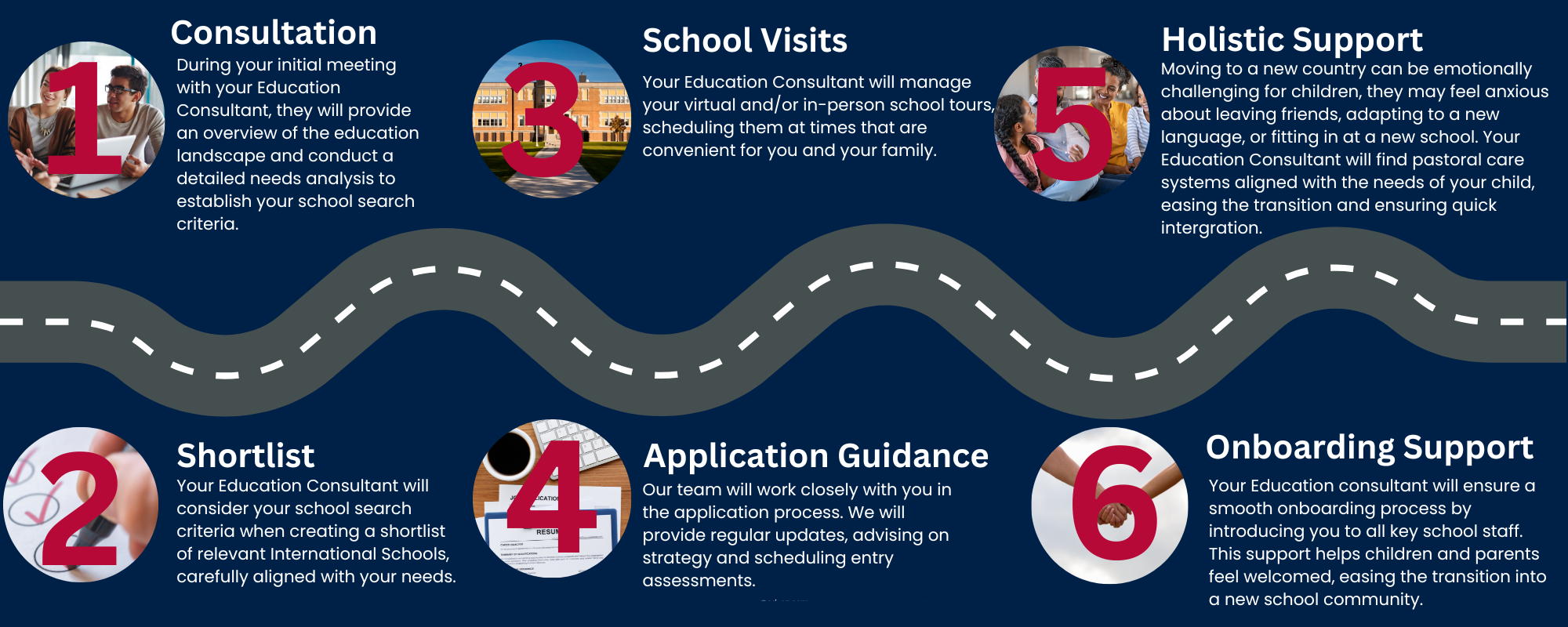With nearly 40 International and Bilingual schools available, each offering unique programs, selecting the right school requires thoughtful consideration of several key aspects:
Curriculum Options- Ho Chi Minh City’s international schools offer a wide variety of curricula, including British, American, Australian, and International Baccalaureate (IB) programs. Some families may prefer schools that follow their home country’s educational system, while others may opt for globally recognized programs to ensure flexibility in future relocations.
Academic Year Structure- Private schools in Ho Chi Minh City operate on different academic schedules. Some follow the Vietnamese school calendar (September–May), while others align with international calendars, starting in August or January. Understanding the academic year structure is crucial for planning vacations and relocations.
Student and Teacher Diversity- International schools vary in diversity, with some schools catering predominantly to specific nationalities and others maintaining a global student body. Schools offering curricula like the British or American system tend to have teachers from the respective countries, while those offering IB programs often have a more diverse faculty and student population.
Language of Instruction- English is the primary language of instruction at most international schools in Ho Chi Minh City, but many also offer additional language programs. Some schools emphasize bilingual education, particularly in Vietnamese and Mandarin, to support multilingual development.
Admissions Requirements, Eligibility, and Timelines- Admissions policies differ across international schools. Some have selective entry requirements based on academic performance and language proficiency, while others adopt a more inclusive approach. Application timelines vary, with some schools accepting rolling admissions and others following strict application deadlines.
Extracurricular Programs- Ho Chi Minh City’s international schools provide a wide array of extracurricular activities, including sports, arts, and cultural programs. Many schools offer diverse after-school clubs, competitive sports teams, and music or drama programs to foster well-rounded student development.
Learning Support Programs- Families should consider the availability of learning support services when selecting a school. Some international schools in Ho Chi Minh City have comprehensive programs for students with special educational needs, while others focus primarily on mainstream education with limited support options.
Language Programs- Many international schools in Ho Chi Minh City offer robust second-language programs, with Vietnamese and Mandarin being the most common. Some schools provide bilingual or trilingual programs, allowing students to achieve proficiency in multiple languages.
School Size and Cohort- Ho Chi Minh City’s international schools range from small, close-knit institutions with fewer than 200 students to large campuses with over 3,000 students. Smaller schools often provide a more personalized learning experience, while larger schools offer extensive academic, extracurricular, and athletic programs.
School Facilities- The facilities at Ho Chi Minh City’s international schools vary widely. Some campuses feature state-of-the-art sports facilities, swimming pools, and performing arts centers, while others are more compact but strategically located within the city.
Tuition Fees- Tuition costs for international schools in Ho Chi Minh City vary significantly, typically ranging from VND 200,000,000 to VND 1,000,000,000 per year for primary school students. Families should consider tuition fees, additional costs for uniforms, extracurricular activities, and transportation when budgeting for education.
Location and Commute-Ho Chi Minh City’s traffic congestion makes school location an important factor. While many international schools offer bus services, selecting a school close to home can significantly reduce daily commute times and improve work-life balance for families.











